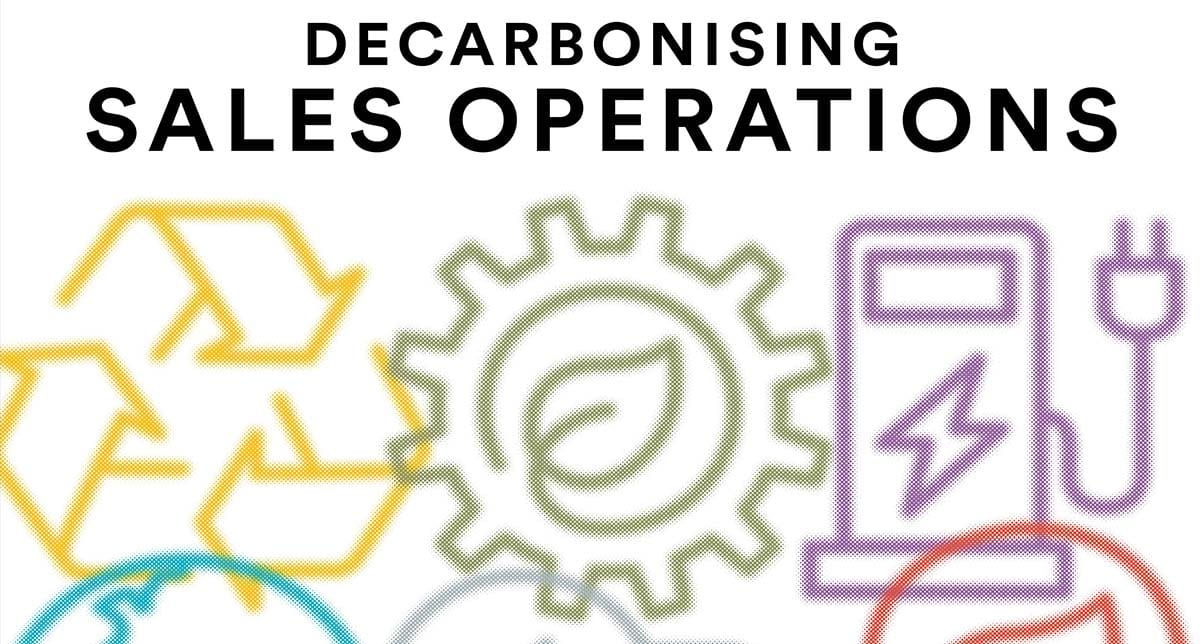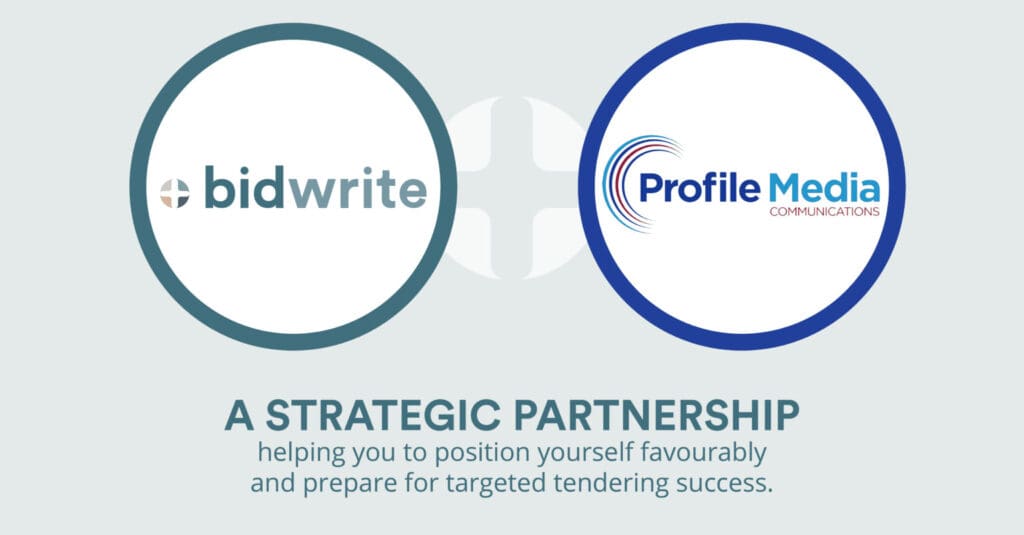Who leads and who follows?
Organisations procuring goods and services through tendering specify what they want. Sometimes requirements are highly detailed. Other times they are not. And within these requirements more sophisticated buyers also point to broader agendas/needs that provide useful context to sellers. This is particularly true of larger corporates and Government or publicly funded entities. In these circumstances buyers are leading. Suppliers respond and support.
But the opposite is also true. Suppliers regularly offer (or could offer) outcomes superior to those envisaged by the buyer – irrespective of how the procurement activity is framed and offers are solicited. In this instance the supplier is leading – or could lead (even if the buyer won’t admit it!)
An age-old situation…but a thoroughly modern twist
During nearly three decades of professional life I’ve watched this ‘leadership’ tussle unfold through tendering; both from the buyer and the seller side. My belief is that tendering ‘leadership’ has mostly been a function of market power – with economic forces generally determining whether it’s the buyer or seller appetite and interest that leads or influences the tendering process and resultant contract delivery.
But now there’s a common buyer and seller challenge; climate change. It’s the same challenge faced by everyone. When it comes to decarbonisation in tendering, buyers and sellers both have a responsibility to lead.
There are a couple of interesting things to note about the climate challenge:
- It isn’t new, although this year’s UN Climate Change Conference (COP26) has focussed the attention of many.
- It adds to the substantial sourcing and supply changes brought about by the current pandemic and rapidly altering views regarding supply chain security, risk and business continuity.
So how is tendering being decarbonised and how is this leadership being exhibited?
Buyer/Procurement-side tendering decarbonisation
We can think of buyer-side decarbonisation impacts in two ways:
- Decarbonising goods and services sourced.
- Decarbonising tendering processes used to source.
Re 1), we are now seeing more evidence of buying organisations driving their Environmental, Social and Governance (ESG) agenda harder as they head towards ‘net zero’ procurement, a goal of carbon neutrality. Carbon reduction is rapidly making its way from the ‘nice to have’ to ‘must have’ pile.
At a broad level we see this playing out in policy, such as the UK Cabinet Office’s recent (Sept 2021) Procurement Policy Note which requires suppliers bidding for contracts above £5m to have a published carbon reduction plan. The ESG agenda is also evident in the issuing of the 2017 ISO standard 20400 – Sustainable Procurement – Guidance.
We’re also seeing environmental considerations bubble to the surface through a growing sustainability focus for procurement industry events. December 2021’s Procurement and Supply Australasia (PASA) event ‘Sustainable Procurement Today’ is one such example.
Anecdotally, BidWrite also notes an increased focus on climate change and decarbonising supply chains through the types of questions buying organisations are asking in requests for tender – especially in traditionally fossil fuel intensive industries. Recent examples include requirements to cost in carbon offsets and specific consideration of technologies designed to reduce carbon (and other) emissions. Our view is that the answers to these questions are having much more bearing on tender outcomes than traditional Corporate Social Responsibility (CSR) type questions ever did.
Re 2), we see the rapid adoption of digital procurement and platforms, both of which reduce waste and expense through enabling faster turnaround of sourcing events. Whether these efficiency initiatives also help reduce carbon is an arguable point though – and one which we expect to see play out in the coming years.
Clearly the drive (and need) for carbon reduction is not going away. And just like COP26, there is a growing urgency to stop talking and start doing. Sellers therefore have no choice but to also lead efforts to decarbonise tendering. We argue that this should happen, even if customers are being climate change laggards.
Supplier/seller-side tendering decarbonisation
The good news is that the four best-practice tendering principles apply equally well to decarbonisation as they do to any other issues related to winning and retaining business. These four principles are:
- Understanding the problems or issues your client (buyer) faces. In a climate change context, what are the carbon reduction challenges your buyer is facing, will face, or potentially could face? Why does (or should) decarbonisation matter to them – or their clients?
- Offering a solution or solutions that will directly address these issues. Can you offer goods or services that directly deal with buyer decarbonisation drivers and impacts?
- Articulating the benefits of your solution. This is where your leadership can really shine. Maybe you can present alternatives, options or choices with differing levels of value or carbon reduction benefit?
- Proving that you can do this (through similar client/job testimonials) and that what you say is true (through evidence).
There are many organisations which are not that well-attuned to the key needs of their buyers. In attempting to look like they are, they gloss over holes in their organisation, or ‘talk up’ initiatives without providing hard evidence. And professional buyers are well-versed in spotting the paper over the cracks.
But here’s where it gets interesting. When it comes to decarbonisation, you may well be able to win contracts by helping your clients paper over their climate change cracks. Climate-change related improvements and initiatives could end up being a source of sustained competitive advantage, simply because decarbonisation presents a very topical and unprecedented ‘leadership’ opportunity.
It’s everyone’s opportunity to shine.
Decarbonisation is all-pervasive. It has been on Government buying agendas for years now and championed more actively than ever by larger corporate buyers. It will trickle down further and if COP26 is anything to go by, faster than we think.
So as the pace quickens, sellers absolutely have a role to play in helping their clients and prospects decarbonise, even if the client or prospect isn’t quite ready to do so.
So, who leads the decarbonisation of tendering? The answer: both buyer and sellers. We argue that it’s now time to decouple from traditional power-based views on sourcing. Everyone benefits from good carbon reduction ideas and initiatives. Everyone should therefore be looking for them. The organisations that will thrive in the future will be those who embrace this shared leadership responsibility.
Our thanks to Barrett Consultingfor inviting BidWrite Director David Lunn to contribute this piece to their latest annual 12 Sales Trends report. You can download the full report here.






